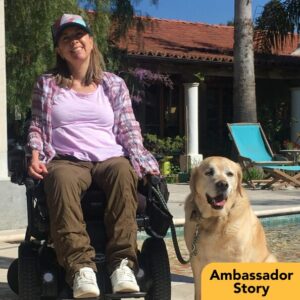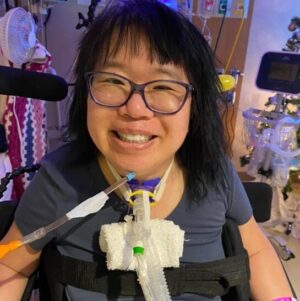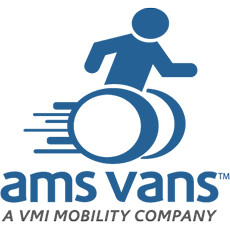Karen Hope has spent decades directing music and liturgy for a local parish while raising two adopted children. End-stage heart failure put her future in jeopardy—until the gift of life changed everything.
Karen turned to Help Hope Live for trusted medical fundraising support in 2017, raising over $31,000 to help with out-of-pocket transplant expenses.
In 2024, she started a fundraising campaign to help another heart transplant patient: her brother, John Hope.
This is their story, as told by Karen.
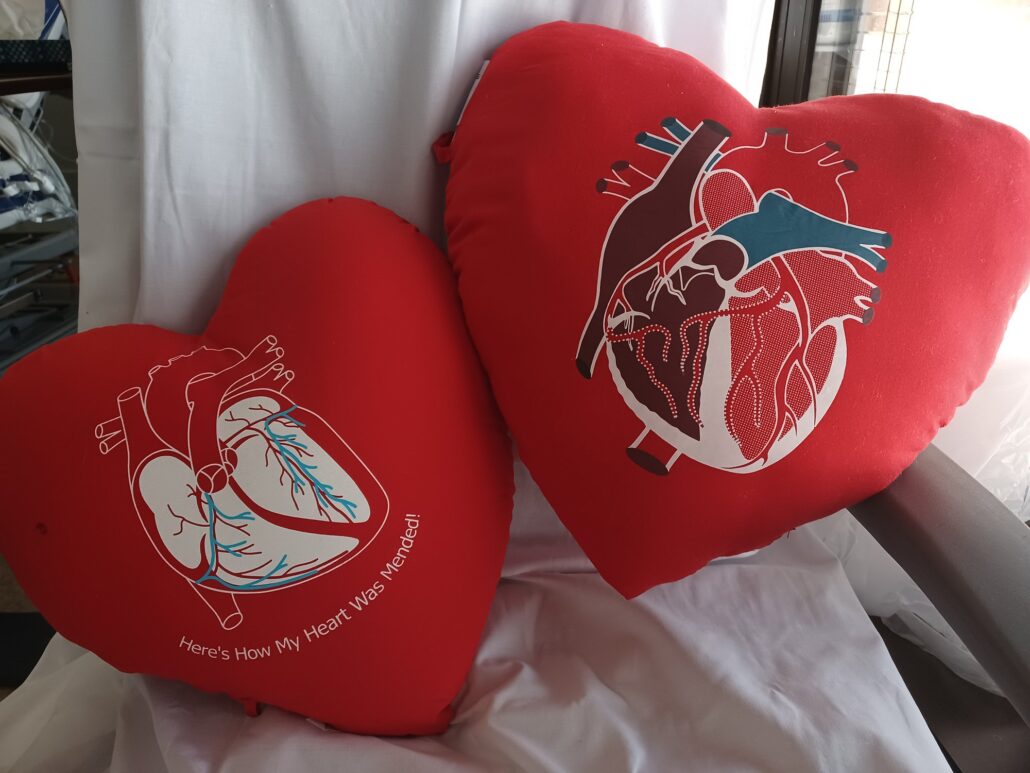
The first time I experienced a heart issue was when I was 38 years old.
I had a sinus/pulmonary infection that just wasn’t going away. My doctor had tried antibiotics and had finally ordered a steroid.
As I started to feel better, suddenly, I crashed and had to go to the hospital.
I thought maybe the steroid had caused the reaction. Luckily, I was able to recover on limited medication. Two years later, I was off any cardiac treatment—I consider that to be a miracle.
Eleven years later, it happened again. This time, it was worse.
I was hospitalized and my cardiac doctor wanted me evaluated for transplant. I was 50 years old with two children—Cynthia and Tom—who were born to a family member who was unable to care for them. I adopted them to help give them a more stable family.
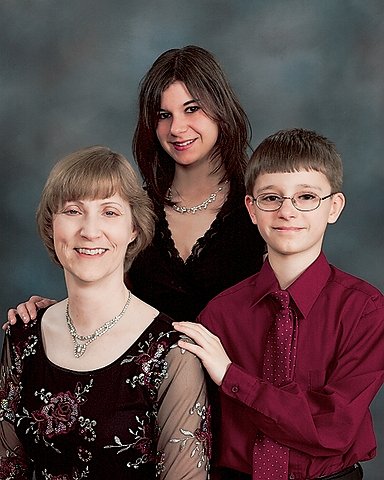
At the time, I did not qualify to join the transplant waiting list, so I was implanted with a pacemaker/defibrillator. While I could survive with the pacemaker, I did not have the energy or stamina to do my work or care for my children.
Over the following 10 years, my condition slowly got worse. I experienced atrial fibrillation or AFib and treatment to restore a regular heart rhythm several times. I was tired all the time.
While I had thought about joining the transplant waiting list, my primary concern was joining the list too soon.
I worried about Cynthia and Tom, even though they were both out of high school by this time. The idea of a heart transplant was still scary to me even though I had been living with heart disease for most of their school years.
Over time, I could no longer take care of basic tasks at home, like cleaning or painting or mowing the lawn. I was getting my work done at the church, but it was hard to keep up.
While at work one day, I had to tell the office staff that I was going to the hospital because I couldn’t breathe properly anymore.
As I entered the hospital in February 2017, I learned I wasn’t going to go home without a transplant.
Honestly, I wasn’t surprised—I had seen the heart failure chart on the doctor’s office wall. Tom thought I was about to die. Cynthia was more concerned with, “Okay—what do we do next?”
After I received my heart transplant, the best part was seeing their faces as I woke up. They held up a heart pillow for me to see.
I don’t do well with pain meds, so the only medication I could (and can) use is Tylenol. As I recovered, sometimes I wondered why I had been released home—I was weak, and I had to make many trips back to the hospital for follow-up tests and biopsies.
I started feeling stronger once I began cardio rehab—something I would now recommend to anyone in a similar position.
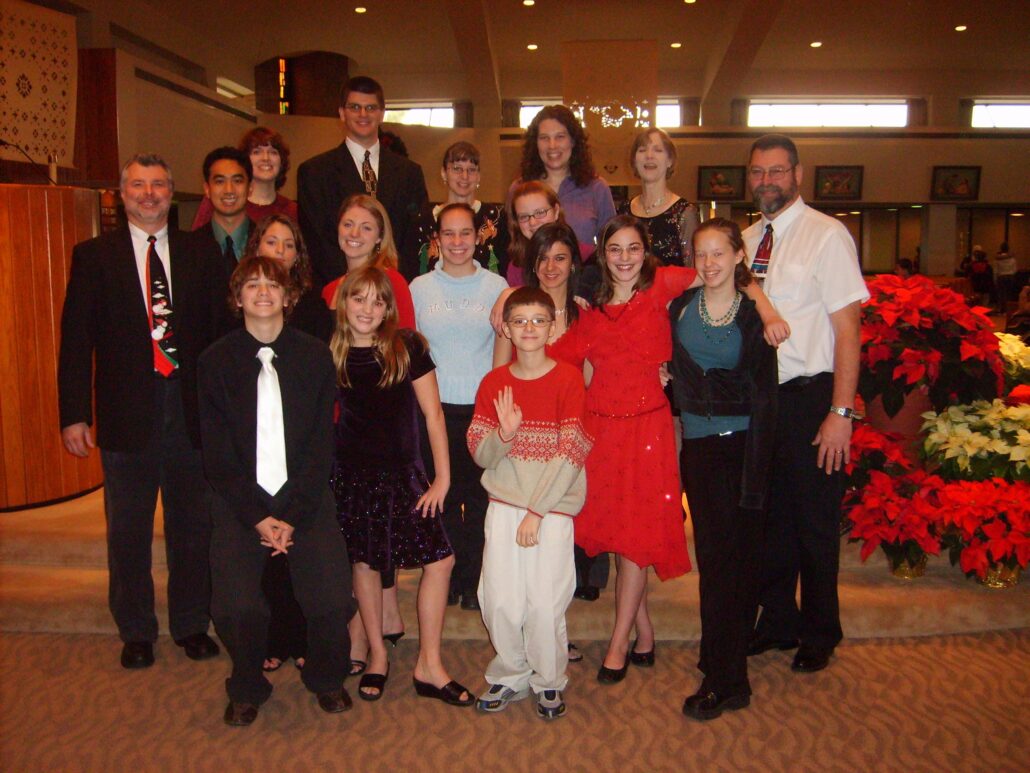
I reached out to my heart donor family with a card about 10 months after transplant. I did not receive a response, and while I was disappointed, I recognize that everyone grieves in a different way, and it might just be too hard for the donor family to respond.
The most surprising thing about life after transplant today is how “normal” everything feels.
I don’t think about being a transplant patient. I have been able to do much more than I ever could prior to transplant. While I still experience asthma attacks on occasion, I have more energy. I’ve been back at work for the past 7 1/2 years.
While there are some adjustments and accommodations, for the most part, I do what I always did prior to transplant.
Cynthia is now 33 years old and working as a massage therapist in her own salon. Tom is 30 years old and the father of two beautiful children, Max and Sophie.
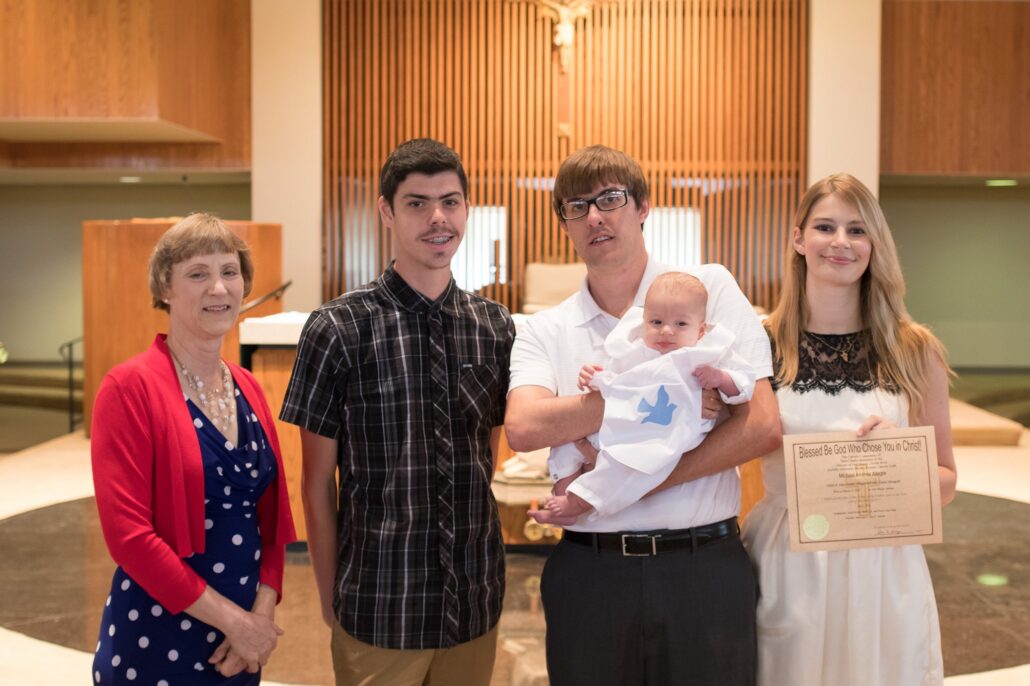
I can enjoy my grandchildren. Without the transplant, I wouldn’t have been here to celebrate their births.
I work full-time and I have good insurance, but my transplant hospital recommended two possible fundraising platforms. We chose Help Hope Live because we liked the name!
When I started fundraising with Help Hope Live, I was blown away by the response from my parish community.
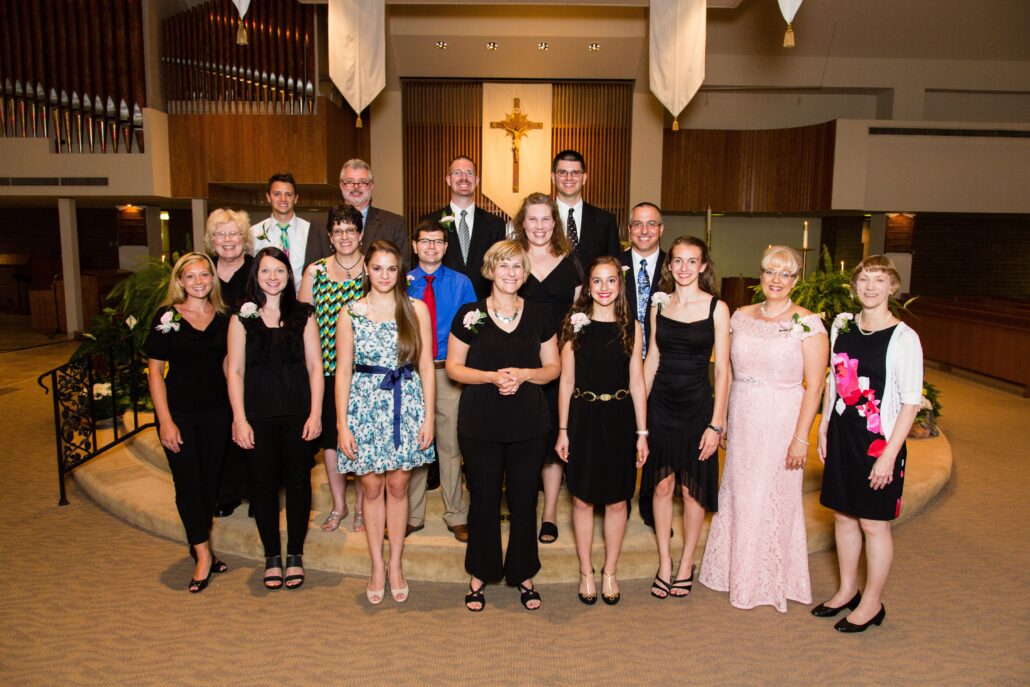
My church, St. Charles Borromeo Catholic Church, is the parish in which my brothers and I grew up and where we went to elementary school. My children attended school there as well. Our family first became members there in 1958, just one year after the church was founded.
The people at St. Charles are tremendously generous. We have, through our Knights of Columbus chapter, the distinction of having the highest rate of blood donations in northern Indiana.
The parish is very active. Whether it is time, or talent, or fundraising, they always provide.
We held a Night of Hope fundraiser, and I was so proud of the singers and musicians who prepared the concert as part of those efforts. It was a beautiful evening, and I saw many faces from past music ministry participants, which was wonderful!
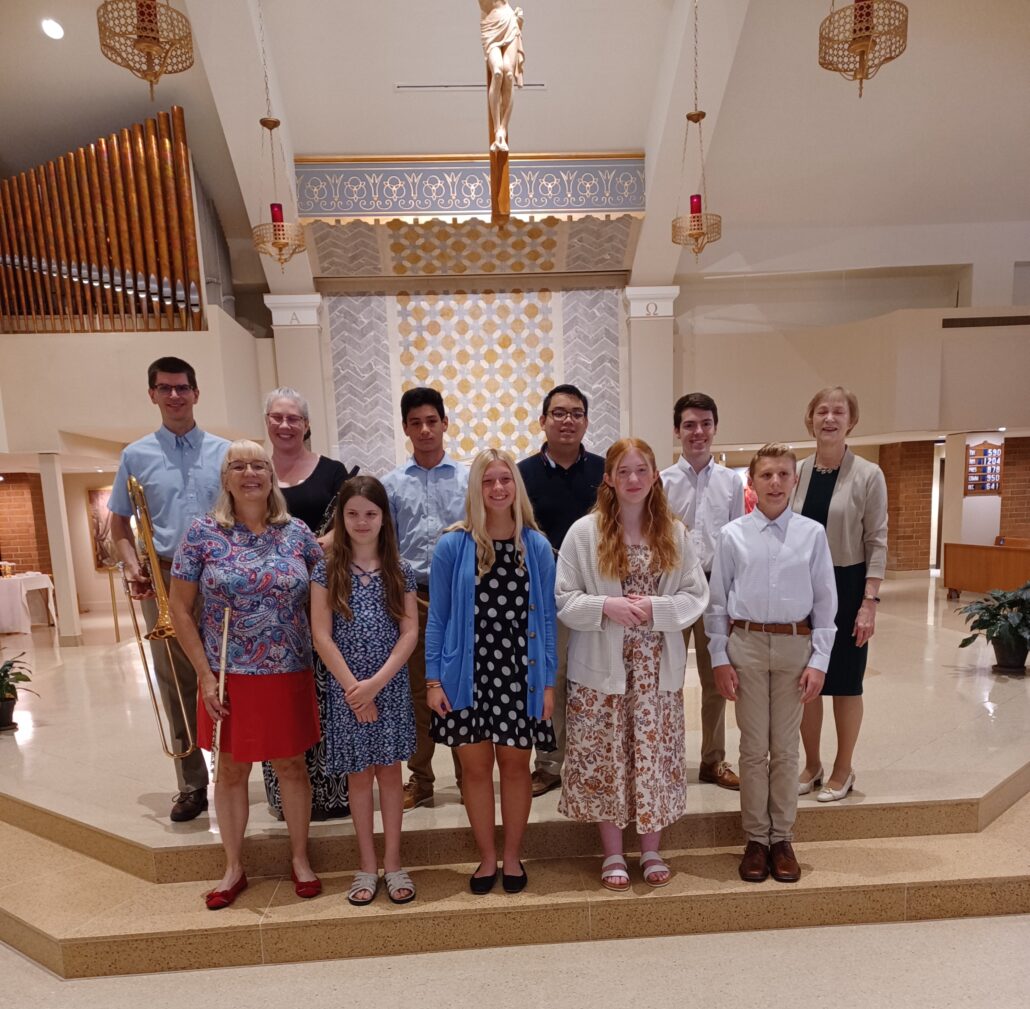
I am still using the funds raised by my community today. They have really helped, especially with the co-pays on the medicines. It takes the stress away.
My experience with Help Hope Live has only been positive. Everyone is very helpful and answers my questions.
I want to thank all the team members at Help Hope Live for the work that they do to support transplant patients. God bless you!
I recommended Help Hope Live to my brother, John, when he began the heart transplant process himself. Becoming a team member for John’s fundraising campaign has been a blessing.
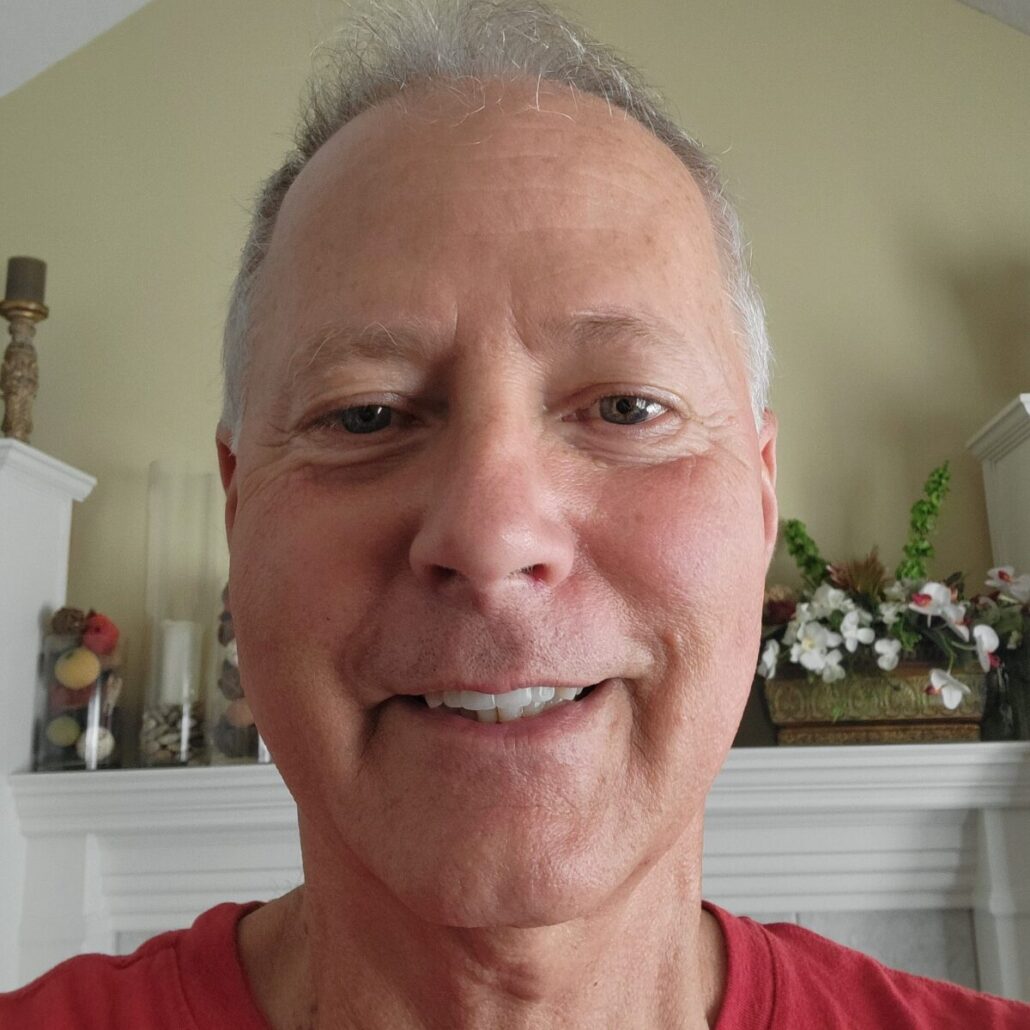
I called upon the very people who helped me, and once again, they stepped up!
We are very blessed. It’s hard being a person in need, so I know how John feels about asking for help. We’ve always been responsible and taken care of ourselves. I had to tell myself—and later, John—that it was okay to ask.
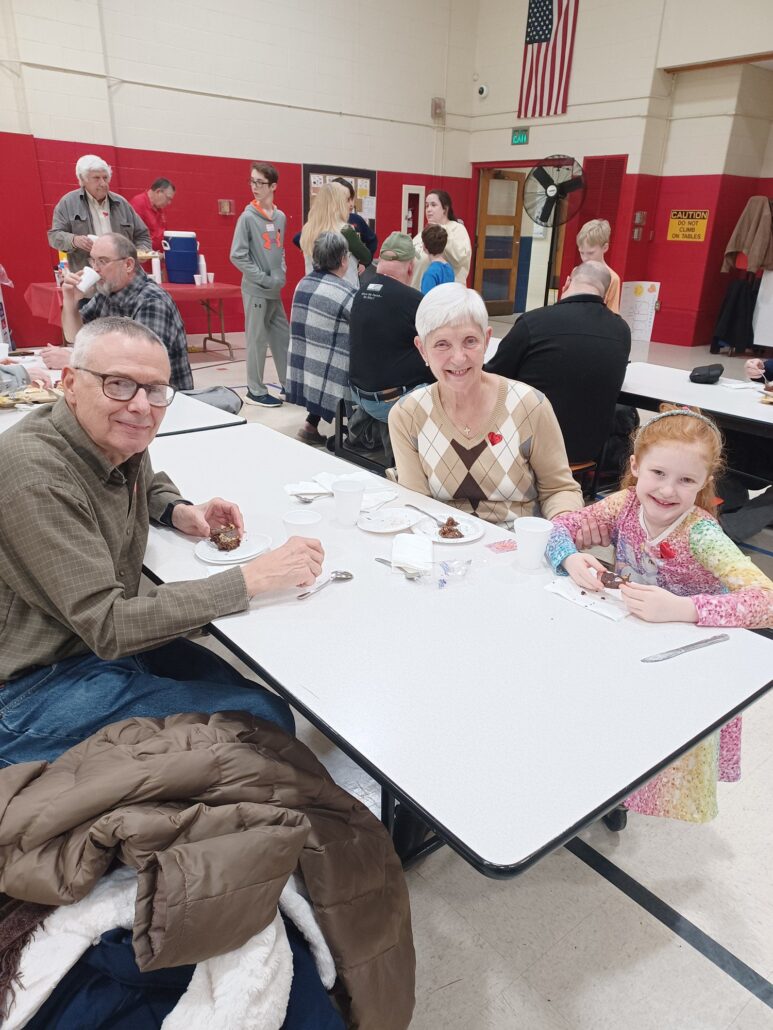
Watching John go through a heart transplant brought back a LOT of memories, some good and some not-so-good. It was a reminder to me that I need to protect the gift I have been given.
John waited so much longer in the hospital than me. I was only on the list for a month while he waited over four months! He also experienced some complications that I didn’t have, but his recovery has been excellent, and he was up doing things for himself again much faster than I was.
For me, hope is a positive feeling, rooted in trust in God.
Hope is the belief that there is something better ahead, even in times of uncertainty.
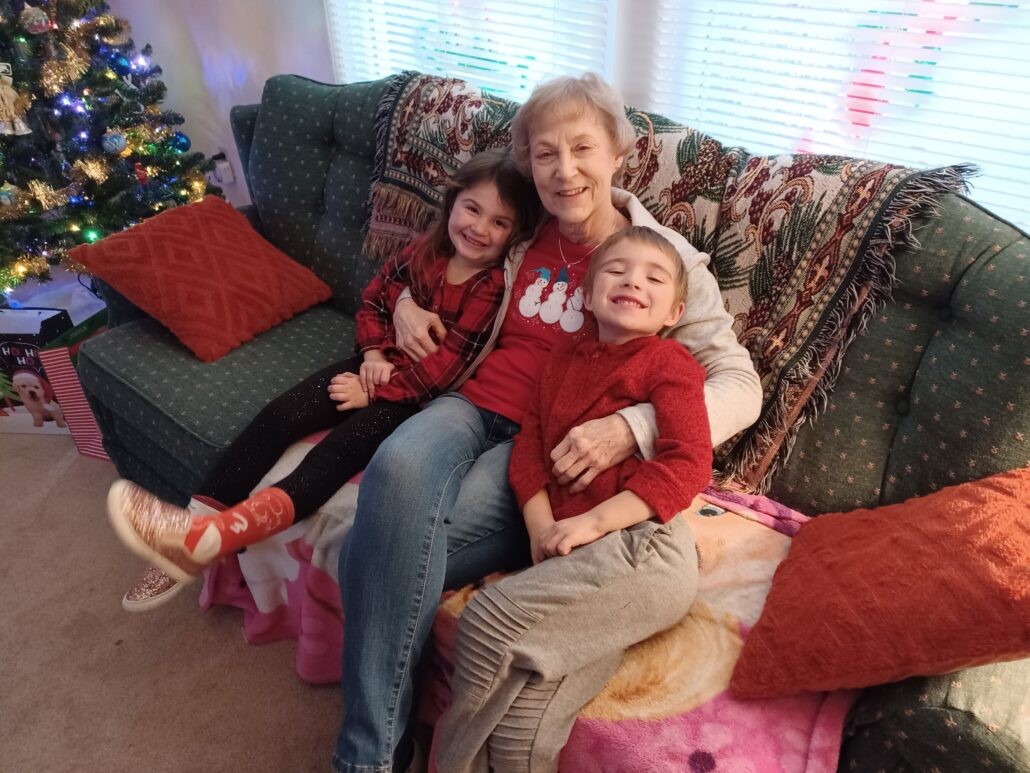
Help Karen’s fundraising efforts in honor of brother John at helphopelive.org.

